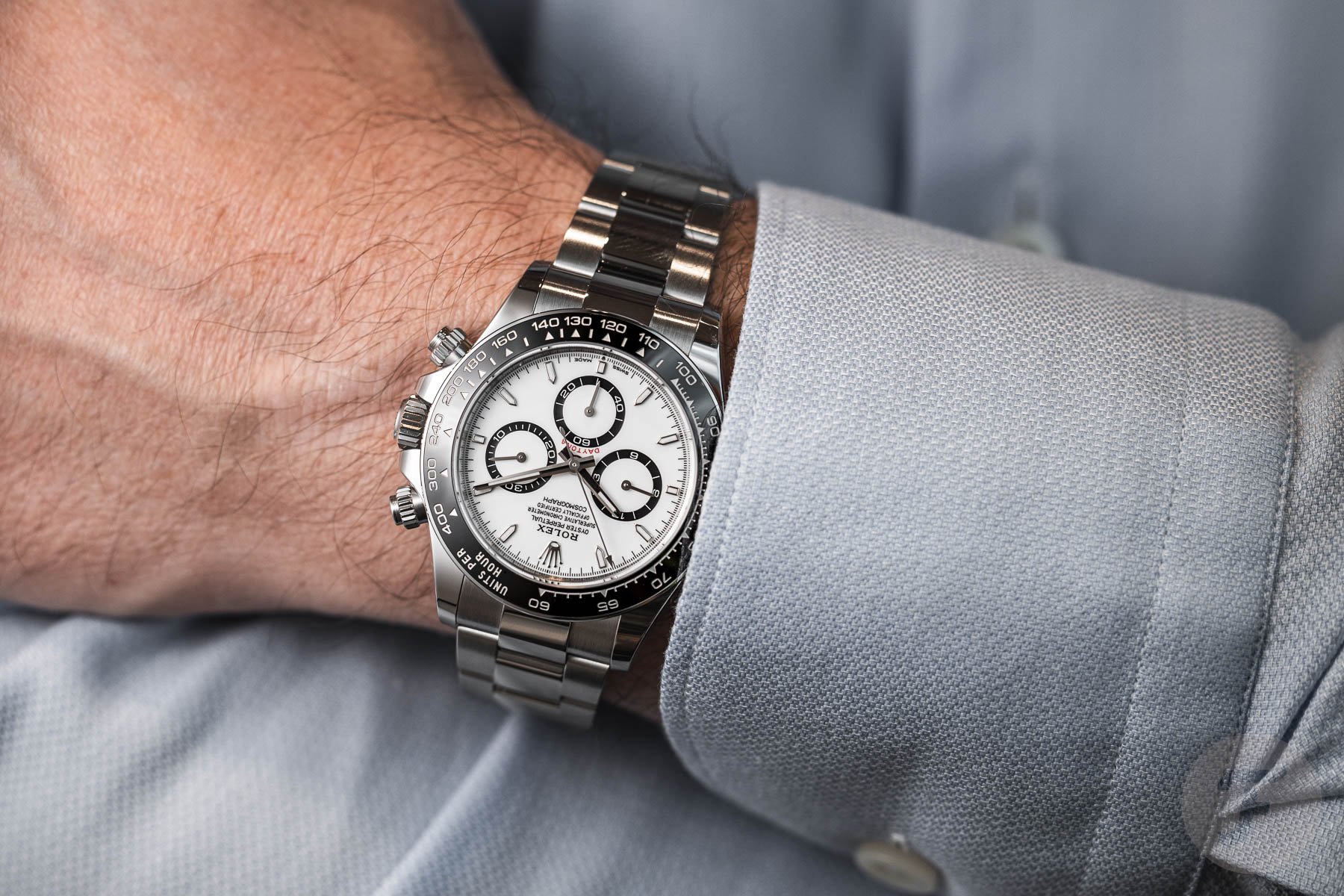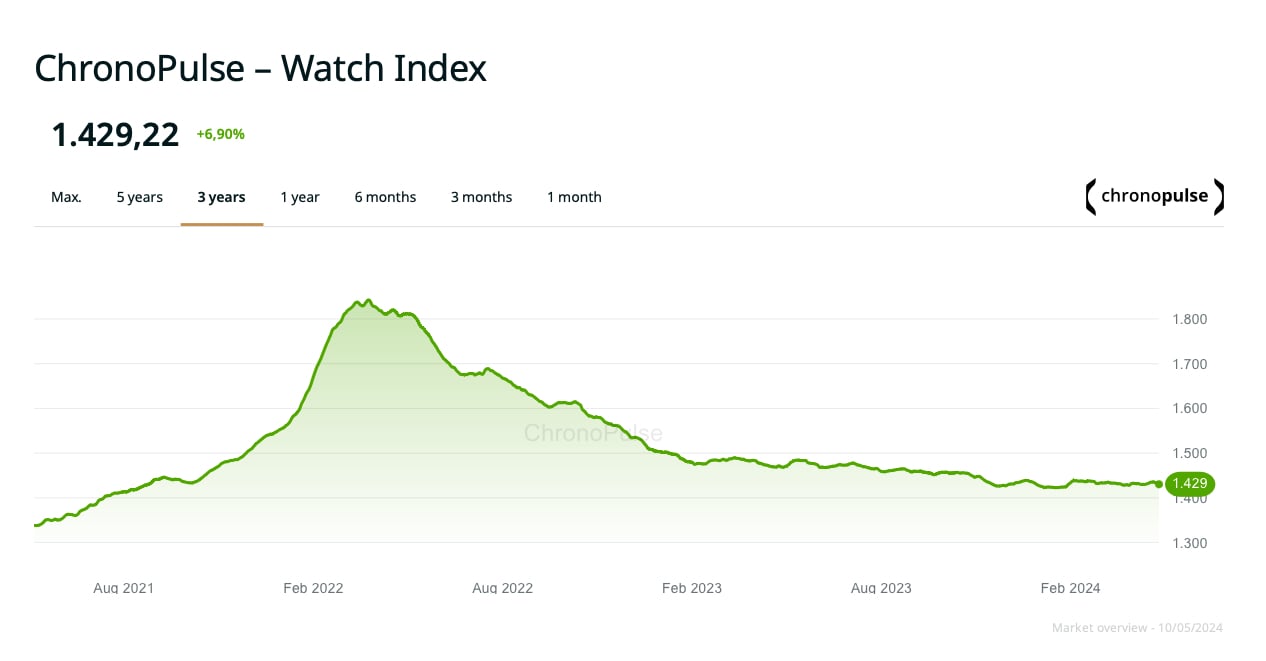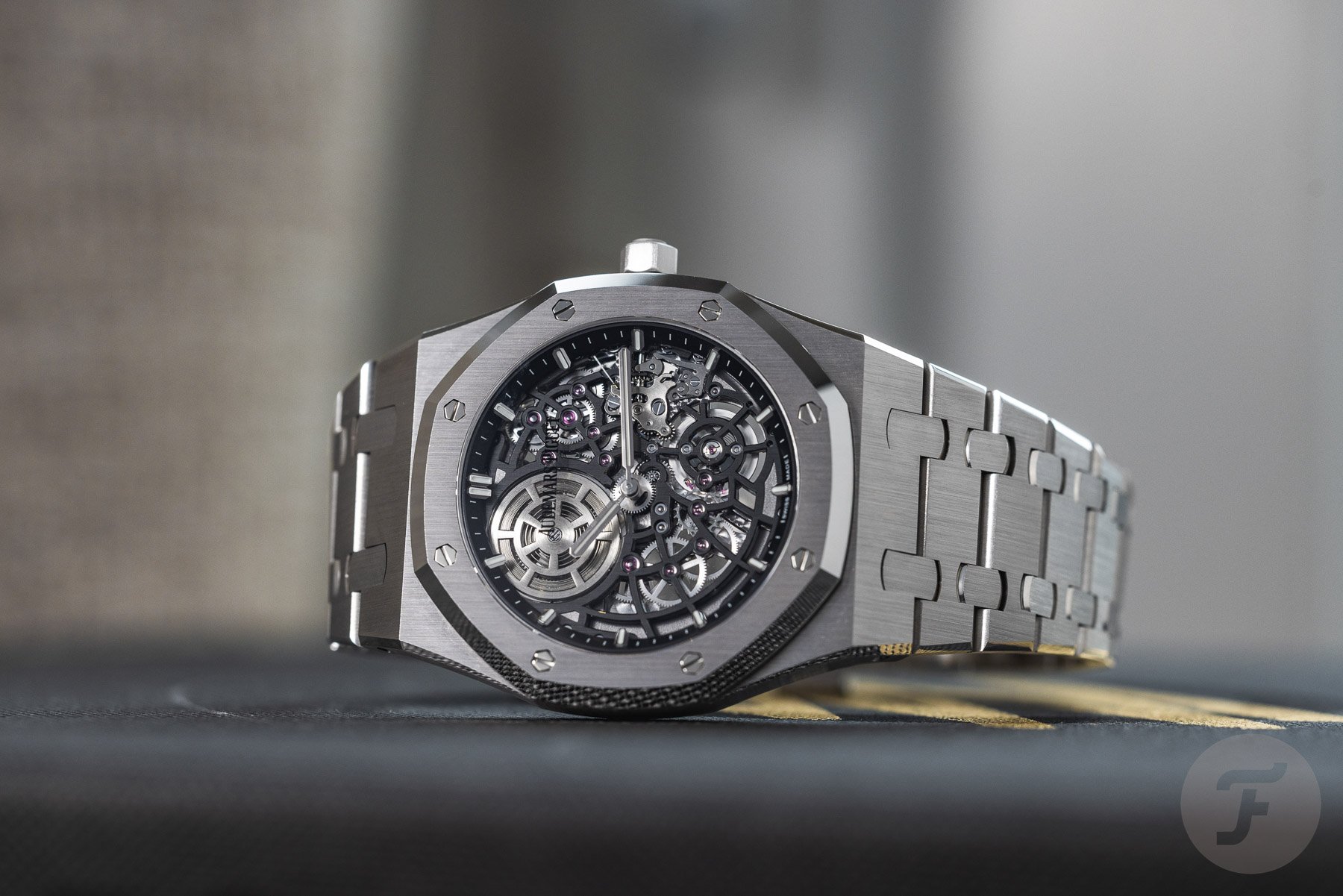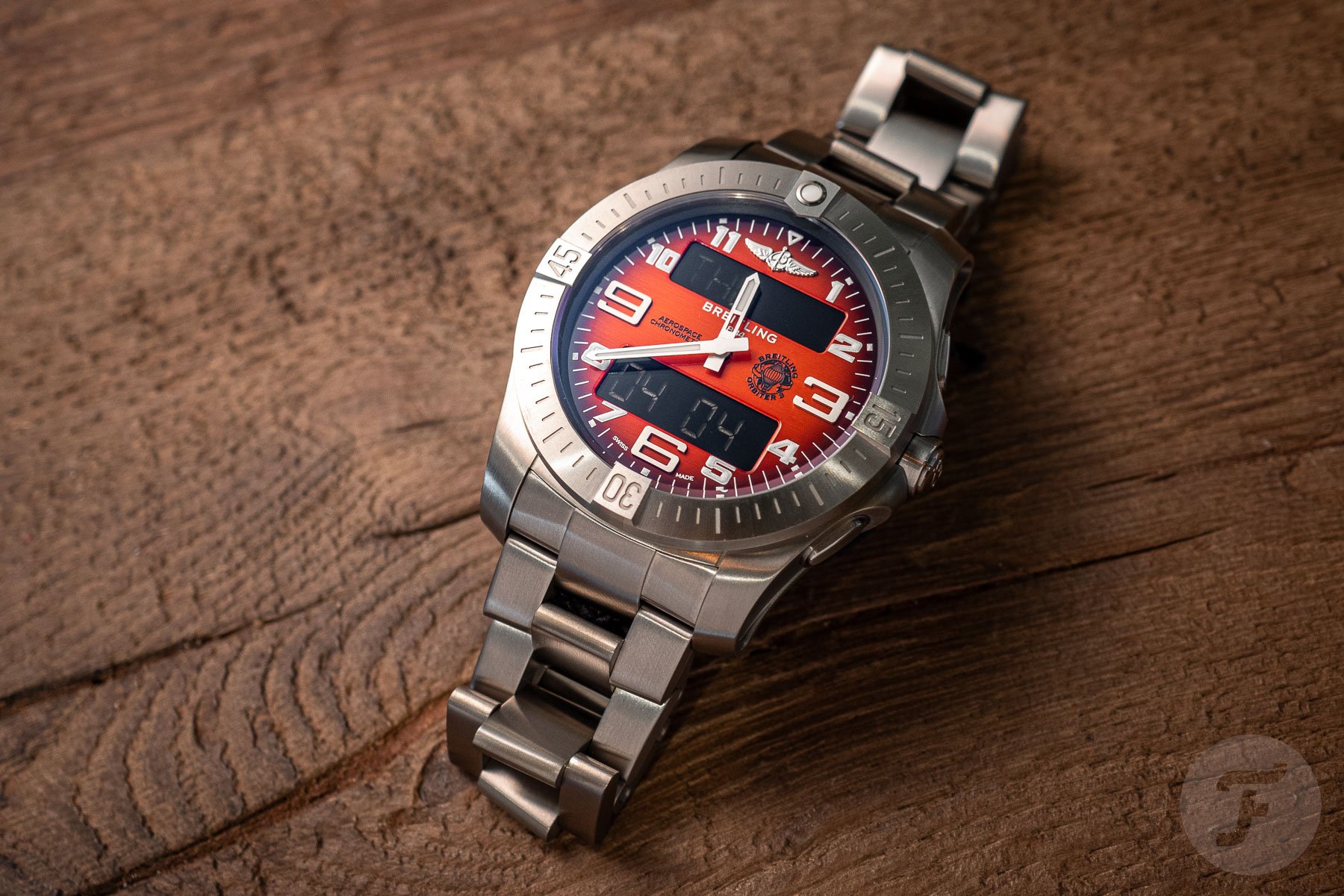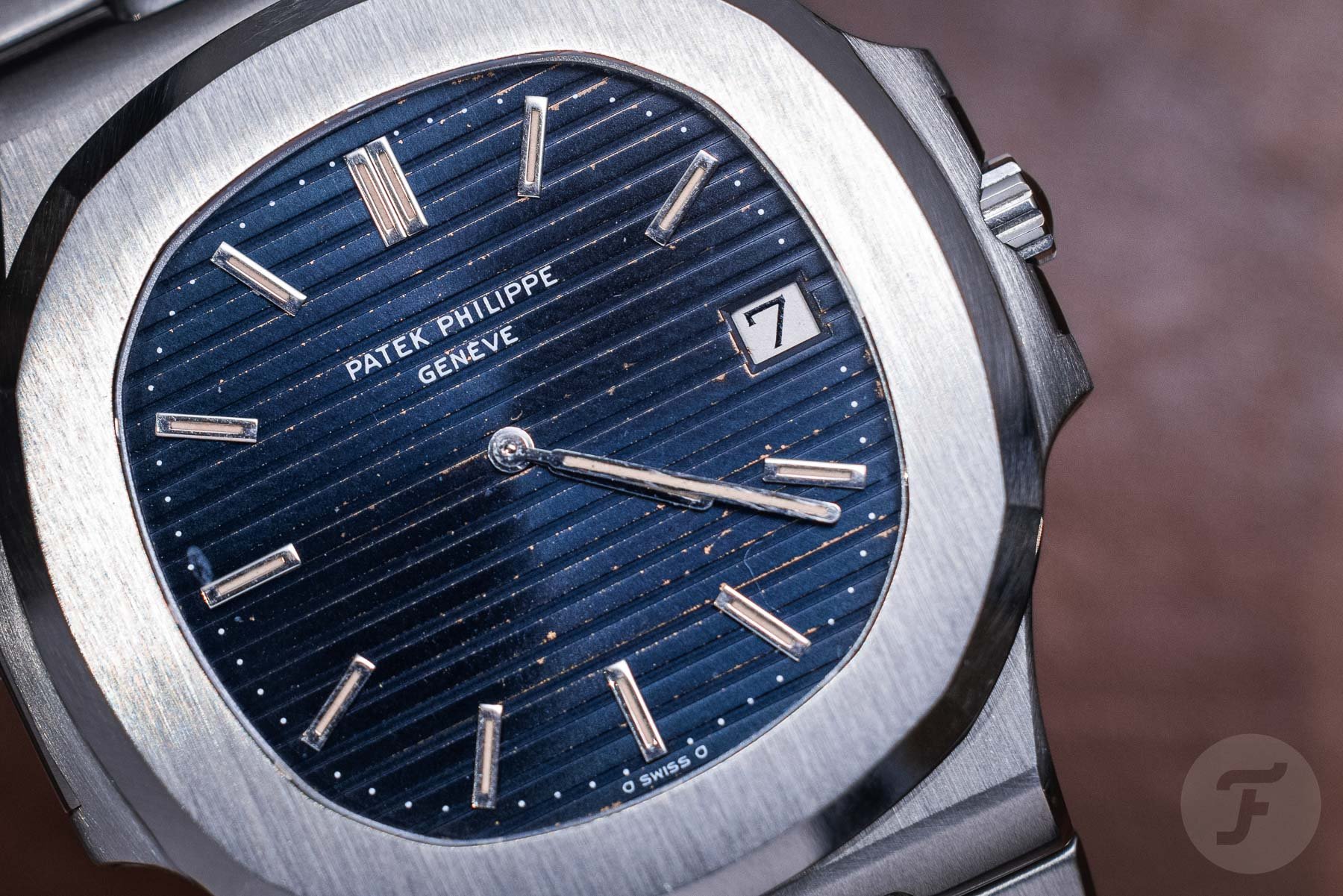Weekend Contemplation: The Watch Market Isn’t In Crisis, But How Should We Describe Its Current State?
In March 2022, the global watch market was at an all-time high. A stainless steel Rolex Daytona was worth just over €50,000, any new limited-edition watch would sell out in a matter of minutes, and sites like Fratello attracted a lot of new readers. Since then, things have cooled down substantially. According to Chrono24, that same Daytona is currently worth somewhere around €30,000, we’ve experienced two lukewarm editions of Watches and Wonders, and a limited edition selling out in an instant seems a thing of the past. However, to speak of a watch market in crisis also doesn’t seem completely accurate. How should we describe its current state, then?
In August of 2022, Thomas wrote an update in which he described what the watch market has gone through since the pandemic. He expected that the speculators would move away but that we wouldn’t see a complete downfall. I hate to admit it, but looking at the current situation, I think he was completely right. Based on various sources, the positive trend seems like it will continue where it left off just before the pandemic. Let’s take a closer look at some of those sources and see if we can make sense of the numbers.
The pre-owned watch market
First, I’ll look at the pre-owned watch market, and then I’ll see what we can say about the market for new watches. In Morgan Stanley’s March 2024 report on key trends in the Swiss watch industry, there’s also a section on the secondhand market. It shows that prices for 25 of the 34 examined brands depreciated throughout 2023. Brands like Audemars Piguet, Patek Philippe, and Rolex are among the biggest losers at -18%, -15.7%, and -8%, respectively. Those are exactly the brands that Thomas mentioned were most affected by speculators, with watches like the Royal Oak, Nautilus, and Daytona.
Those numbers look quite serious indeed. However, when looking at the overall market for pre-owned watches, it all doesn’t look that bad. Take, for example, this graph from Chrono24’s ChronoPulse. On March 11th, 2020, the day the WHO assessed the coronavirus outbreak had become a global pandemic, the pre-owned watch market was indexed at 1.139. At its highest point in April 2022, that number was somewhere around 1.840. In November 2023, it came down to around 1.430, and that’s where it has been until now. So yes, we’ve certainly seen a correction of the pandemic craziness, but the pre-owned market looks like it’s picking up where it left off right before that started.
The market for new Swiss watches
Unfortunately, there isn’t a lot of information out there on the state of the Swiss watch industry. Brands don’t love to divulge their numbers, and reports like Morgan Stanley’s only give estimates based on export data. Therefore, I have to be careful interpreting those numbers and can only use them to spot some trends. When looking at those export numbers, for example, it does look like brands have taken quite a hit since last July. In the months before, Swiss watch exports showed double-digit growth of almost 15%. Since then, up until January 2024, only 3–5% of that growth was left.
But this means we can’t speak of a crisis per se. After all, we’re still seeing growth instead of decay. Also, Morgan Stanley’s estimates on turnover for the top 20 brands show that we don’t have to pity them. Fourteen of those brands achieved a higher turnover in 2023 than in 2022. In many of those cases, the brands also sold more units than the year before. Again, though, we have to take these numbers with a grain of salt. People like Nick Hayek Jr., CEO of Swatch Group, and George Kern, CEO of Breitling, have expressed their doubts about how these figures were determined.
Higher costs make prices go up
But even if those numbers are incorrect, people in the industry do tell us that the market has cooled down. That might also have to do with the fact that prices of new watches have gone up significantly since 2019. This was partly to match the increasing prices on the pre-owned market. However, a report from Deloitte shows that brands also struggle with finding qualified personnel and the increased costs of raw materials. A lot of money needs to be invested there to keep up with the continued high demand. In the end, those investments are paid for by the customers.
What’s next?
In conclusion, it seems like the watch market has reached a flat line at the moment. Many new and pre-owned watches are still being sold, but it doesn’t seem like substantial growth is right around the corner. What do you think will happen in the remainder of this year? Based on the uncertain situation in the world, with some important elections coming up and multiple major conflicts, it doesn’t seem like a moment to splurge. So I expect that not much will change over the coming months. But is it possible that the correction isn’t over yet and the market might shrink a little more? Let me know what you think in the comments below. Maybe together, we can make sense of it all.

